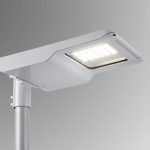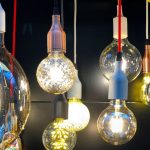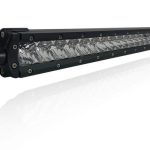Exploring the Components: What Are LED Light Bulbs Made Of?

LED light bulbs have become a popular choice for lighting homes, businesses, and public spaces due to their energy efficiency, long lifespan, and eco-friendliness. However, have you ever wondered what components make up these innovative bulbs and how they work together to produce light? In this article, we will explore the various parts that make up LED light bulbs and how they function to create the bright and efficient lighting we have grown to love. The first component of an LED light bulb is the diode, which is responsible for producing light when an electric current is passed through it. Diodes are made from semiconductor materials such as silicon or gallium arsenide and are often coated in a phosphor material that helps to produce a specific color of light. Other important components include the heat sink, which helps to dissipate heat generated by the diode, and the driver circuit, which regulates the amount of current flowing through the diode to ensure optimal performance and longevity. By understanding the different parts of an LED light bulb, we can better appreciate the technology behind these innovative lighting solutions and make informed decisions when choosing the right bulb for our needs.
LED light bulbs are a popular lighting option that has gained much popularity in recent years due to their numerous benefits. An LED light bulb is a type of solid-state lighting that uses a semiconductor to convert electricity into light. Unlike traditional incandescent bulbs that use a filament, LED bulbs emit light when electrons in the semiconductor are excited. LED bulbs have many advantages over traditional bulbs, including longer lifespan, energy efficiency, durability, and low heat emission. Additionally, LED bulbs come in various colors and are suitable for a wide range of applications, making them a versatile lighting option for both residential and commercial settings.
The Diode
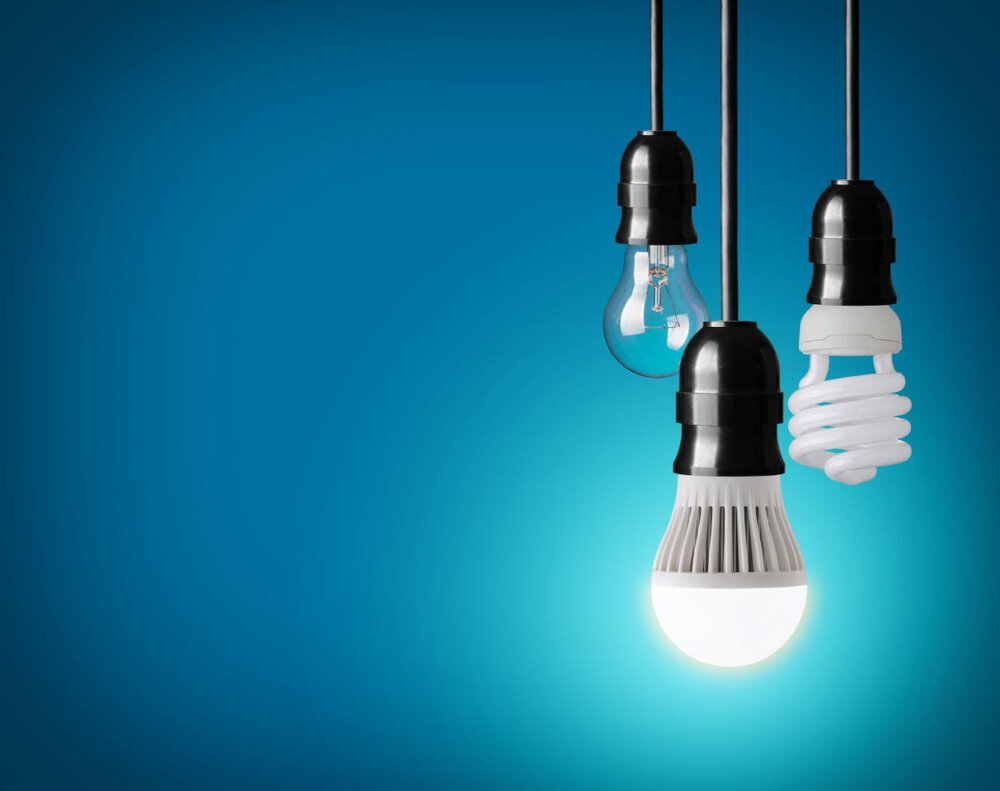
The diode is a fundamental electronic component that plays a vital role in the functioning of LED light bulbs. It is a semiconductor device that allows the flow of electric current in only one direction. The diode is made up of two layers, the p-type and the n-type. The p-type layer is positively charged, while the n-type layer is negatively charged. When these two layers come into contact, it creates a depletion region that prevents the flow of current in one direction. However, when an electric current is applied in the forward direction, the depletion region becomes smaller, allowing the current to pass through. This property of the diode helps to convert the alternating current (AC) from the power source to direct current (DC) that LED light bulbs require. The diode is an essential component that ensures the efficiency and longevity of LED light bulbs. It provides the necessary current regulation and protects the LED from voltage spikes that can damage it. Moreover, the diode ensures that the LED light bulb does not produce heat or consume excess energy, which can lead to inefficiency and reduced lifespan. It is also responsible for the low power consumption of LED light bulbs, which makes them an eco-friendly and cost-efficient lighting solution. In conclusion, the diode is a critical component that enables LED light bulbs to function effectively and efficiently, making them the preferred choice for lighting solutions in various applications.
A diode is an electronic component that allows current to flow in one direction while blocking it in the opposite direction. It is made up of a semiconductor material such as silicon or germanium with a p-n junction. The p-side has an excess of positively charged holes while the n-side has an excess of negatively charged electrons. When a voltage is applied to the diode in the forward direction, the holes and electrons combine at the junction, allowing current to flow. However, when the voltage is reversed, the excess charges prevent the flow of current. Diodes are commonly used in LED light bulbs to convert AC voltage to DC voltage and to control the direction of current flow in the circuit.
The diode plays a crucial role in an LED light bulb by converting electrical energy into light. It is a semiconductor device that allows current to flow in only one direction. When an electric current is passed through the diode in the forward direction, it emits light. LED light bulbs contain multiple diodes, which emit different colors of light depending on the materials used in their construction. The diode acts as a gatekeeper, ensuring that the electric current flows in the correct direction and that the light emitted is consistent and reliable. Without the diode, an LED light bulb would not be able to produce light efficiently or consistently.
There are primarily two types of diodes used in LED light bulbs: the p-n junction diode and the Schottky diode. The p-n junction diode is the most common type and is made up of two types of semiconductors, p-type and n-type, that are joined together. The junction between these two semiconductors allows the flow of electrons in one direction, creating a unidirectional flow of electric current. The Schottky diode, on the other hand, is made up of a metal and a semiconductor, creating a barrier that allows current to flow in one direction only. Both of these diodes are crucial components in LED light bulbs, allowing for the efficient conversion of electrical energy to light energy.
The Semiconductor Material
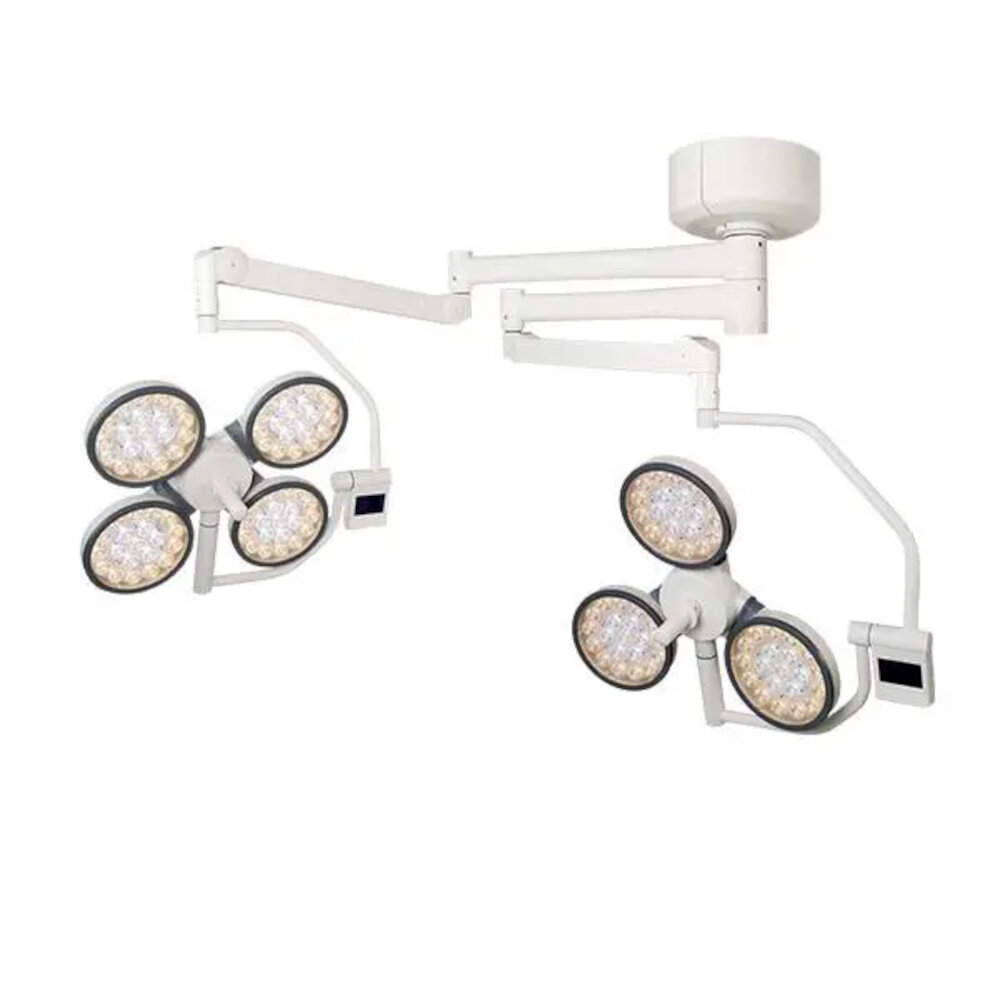
Semiconductor materials form the fundamental building blocks of LED light bulbs. These materials possess unique properties that allow them to conduct electricity in a controlled manner, making them ideal for use in electronic devices. The most commonly used semiconductor material in LED light bulbs is Gallium Nitride (GaN). GaN has revolutionized the lighting industry by providing a more energy-efficient and sustainable alternative to traditional incandescent bulbs. One of the unique properties of semiconductor materials is that they can emit light when an electric current is passed through them. This process is known as electroluminescence and is the foundation of LED light bulbs. The semiconductor material used in LEDs is doped with impurities to create a p-n junction. When an electric current flows through the p-n junction, it causes the electrons to jump from the conduction band to the valence band, releasing energy in the form of light. The color of the light emitted depends on the chemical composition of the semiconductor material, with different elements producing different wavelengths of light.
A semiconductor material is a type of material which has properties that are in between those of conductors and insulators. These materials are used in the construction of electronic devices such as computers, smartphones, and light-emitting diodes (LEDs). The most commonly used semiconductor material is silicon, which is able to conduct electricity when certain impurities are added to it. This process is referred to as doping. When a semiconductor material is doped, it creates more free electrons which can carry an electric current. LED light bulbs work by using a semiconductor material to create a p-n junction. When an electrical voltage is applied to the p-n junction, it causes electrons to move from the n-type material to the p-type material, releasing energy in the form of light.
Semiconductor material plays a crucial role in an LED light bulb as it is responsible for emitting light when an electric current passes through it. The most commonly used semiconductor material in LED bulbs is Gallium Nitride (GaN). When a voltage is applied, the electrons in the semiconductor material move from the negative end to the positive end, releasing energy in the form of photons. The wavelength of the emitted photons determines the color of the light. The purity and quality of the semiconductor material also affect the efficiency and lifespan of an LED bulb. It is essential to use high-quality materials and manufacturing techniques to ensure that the LED bulb emits bright light and lasts for a long time.
LED light bulbs are made up of several components, including a semiconductor material that emits light when an electric current passes through it. There are two main types of semiconductor materials used in LED light bulbs: n-type and p-type. N-type semiconductors have an excess of negatively charged electrons, while p-type semiconductors have an excess of positively charged \holes.\ When these two types of semiconductors are brought together, they form a p-n junction, which is the key component in an LED. The most commonly used semiconductor materials in LED light bulbs are gallium nitride (GaN) and indium gallium nitride (InGaN), which are known for their efficiency and durability.
The Phosphor Coating
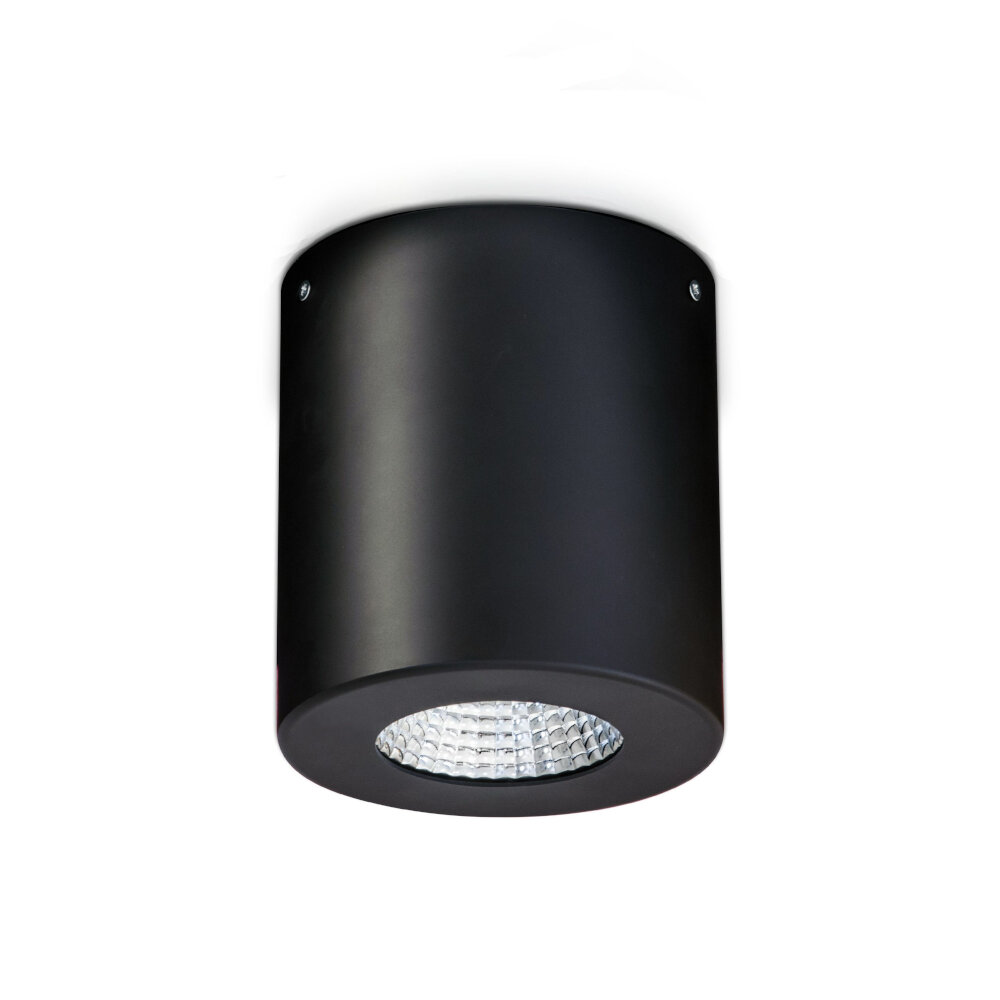
The phosphor coating is an essential component of LED light bulbs, responsible for their ability to emit a warm, white light. This coating is made up of tiny particles of phosphor, a substance that converts the blue light emitted by the LED chip into a spectrum of colors that include red, green, and yellow. The resulting mixture of colors creates a warm and natural-looking light that is highly desirable for indoor lighting applications. In addition to its color-converting properties, the phosphor coating also plays a crucial role in determining the efficiency and longevity of LED light bulbs. By carefully selecting the type and quantity of phosphor used, manufacturers can ensure that their bulbs produce a high-quality light output while minimizing energy consumption and maximizing lifespan. This attention to detail is what makes LED light bulbs such an attractive option for consumers looking to save money on their energy bills and reduce their environmental impact without sacrificing quality or style.
Phosphor coating is a thin layer of material applied to the LED chip in LED light bulbs. This coating plays a crucial role in determining the color temperature and the quality of the light emitted. The phosphor coating is composed of a mixture of rare earth elements and is applied as a powder or liquid. When the LED chip is energized, it emits blue light. The phosphor coating absorbs a portion of this blue light and emits light of a longer wavelength, typically yellow or red. The combination of the blue light and the emitted yellow or red light produces a white light that is pleasing to the eye. The exact color temperature and quality of light produced can be adjusted by changing the composition of the phosphor coating.
The phosphor coating in an LED light bulb is a crucial component that plays a vital role in the light production process. This coating is applied to the inside of the bulb and is responsible for converting the blue light emitted by the LED chip into white light. Without the phosphor coating, LED bulbs would only produce a harsh blue light that is unsuitable for most everyday lighting applications. The phosphor coating is made up of a mixture of rare earth elements that, when excited by the blue light from the LED chip, emits a broad spectrum of light that closely resembles natural daylight. The thickness and composition of the phosphor coating are carefully controlled to ensure that the LED bulb produces the desired color temperature and color rendering index.
Phosphor coatings are an integral component of LED light bulbs as they convert blue light into warm white light. There are various types of phosphor coatings used in LED light bulbs, including YAG (yttrium aluminum garnet), silicate, nitride, and oxynitride. YAG is the most common type of phosphor coating used in LED light bulbs due to its high efficiency and stability. Silicate coatings are also widely used in LED light bulbs and are known for their high color rendering index. Nitride coatings are less commonly used but offer improved color saturation, while oxynitride coatings are known for their improved brightness and efficiency. The choice of phosphor coating depends on the desired color temperature, brightness, and efficiency of the LED light bulb.
The Heat Sink
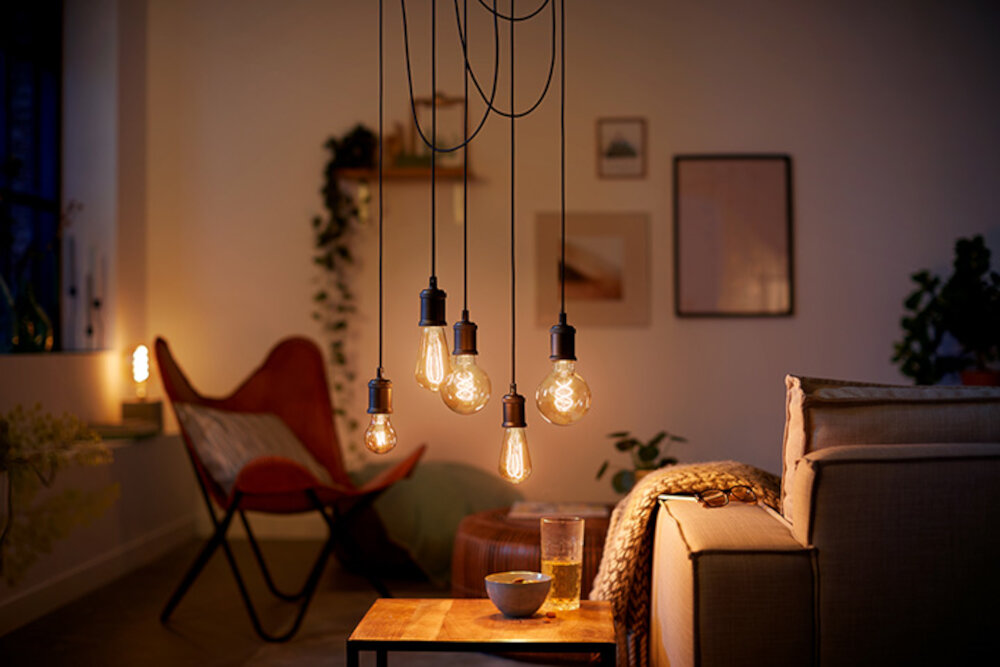
A heat sink is an essential part of an LED light bulb that plays a crucial role in dissipating heat generated by the LED chips. LED lights are known for their energy efficiency, but they still generate heat, which can damage the electronic components of the bulb. The heat sink is designed to absorb the heat and transfer it away from the LED chips, ensuring the bulb’s longevity and performance. The heat sink is typically made of aluminum or copper, materials known for their excellent thermal conductivity. The design and shape of the heat sink vary depending on the size and wattage of the LED bulb, but most heat sinks have fins or ridges that increase the surface area and promote heat dissipation. The efficiency of the heat sink is critical to the overall performance and lifespan of an LED light bulb. Without a proper heat sink, the LED chips can overheat, causing them to degrade and eventually fail. A well-designed heat sink can reduce the temperature of the LED chips by as much as 30%, which can significantly increase the bulb’s lifespan. In addition to promoting heat dissipation, some heat sinks also act as a reflector, directing the light output of the LED chips and improving the bulb’s overall efficiency. Overall, the heat sink is an essential component of an LED light bulb, ensuring not only its longevity but also its performance and efficiency.
A heat sink is a crucial component in LED light bulbs that helps dissipate heat generated from the LED chips. Heat sinks are typically made of aluminum, copper, or a combination of both and work based on the principle of thermal transfer. As electricity passes through the LED chips, they generate heat, which is then transferred to the heat sink through a thermally conductive material such as thermal paste. The heat sink then disperses the heat into the surrounding air, preventing the LED chips from overheating and potentially causing damage. The design of the heat sink is critical to ensuring efficient heat dissipation and maintaining the longevity of the LED light bulb.
The heat sink is a vital component in an LED light bulb. Its primary role is to dissipate the heat generated by the LED chip, which could otherwise damage the bulb and reduce its lifespan. The heat sink is usually made of aluminum, which has excellent thermal conductivity, allowing it to absorb and transfer heat away from the LED chip efficiently. Additionally, the heat sink provides a large surface area for the heat to dissipate, and it also helps to keep the LED chip cooler, reducing the risk of thermal runaway. Overall, the heat sink plays a critical role in ensuring that an LED light bulb operates efficiently, reliably, and safely, making it an essential component of these innovative lighting products.
Heat sinks are a crucial component in LED light bulbs as they play a vital role in dissipating the heat generated by the LED chips. There are several types of heat sinks used in LED light bulbs, including passive and active heat sinks. Passive heat sinks are made of aluminum or copper and rely on natural convection to dissipate heat. Active heat sinks, on the other hand, use fans or pumps to circulate air or liquid, providing more efficient cooling. Additionally, there are also hybrid heat sinks that combine passive and active cooling methods for optimal thermal management. The choice of heat sink depends on the LED bulb’s power consumption, size, and application.
LED light bulbs are composed of several components that work together to produce light. The most significant parts include the LED chips, optical lenses, heat sinks, and driver chips. The LED chips are the core components that emit light when an electric current passes through them. The lenses, on the other hand, are used to direct the light emitted by the LED chips to a specific direction while the heat sinks work to dissipate the heat produced by the LED chips. Lastly, the driver chips are responsible for regulating the amount of electric current that flows through the LED chips to avoid overloading, which may lead to their destruction. Therefore, all these components play a crucial role in ensuring that LED light bulbs provide the best illumination possible while remaining energy-efficient and long-lasting.
LED light bulbs are a popular choice for energy-efficient lighting due to their long lifespan and low energy consumption. These bulbs are made up of several components that work together to produce efficient lighting. The diodes in the bulb are made of semiconductors that emit light when an electric current is passed through them. The heat sink helps dissipate heat generated by the diodes, which can reduce the lifespan of the bulb. The driver converts the AC power from the socket into DC power that can be used by the diodes, and regulates the amount of power supplied to the diodes to prevent damage. Finally, the lens or diffuser helps distribute the light and protect the diodes from damage. Together, these components work to produce energy-efficient lighting that can last for years.
Conclusion

In conclusion, LED light bulbs are a marvel of modern technology, composed of various components that work together to produce energy-efficient and long-lasting lighting solutions. From the semiconductor chips that emit light to the heat sink that dissipates excess heat, each component plays a crucial role in ensuring the bulb’s optimal performance. The use of LED light bulbs has revolutionized the lighting industry, offering a sustainable and cost-effective alternative to traditional incandescent and fluorescent bulbs. As technology continues to evolve, we can expect to see even more advancements in the design and composition of LED light bulbs, further enhancing their efficiency and longevity.

